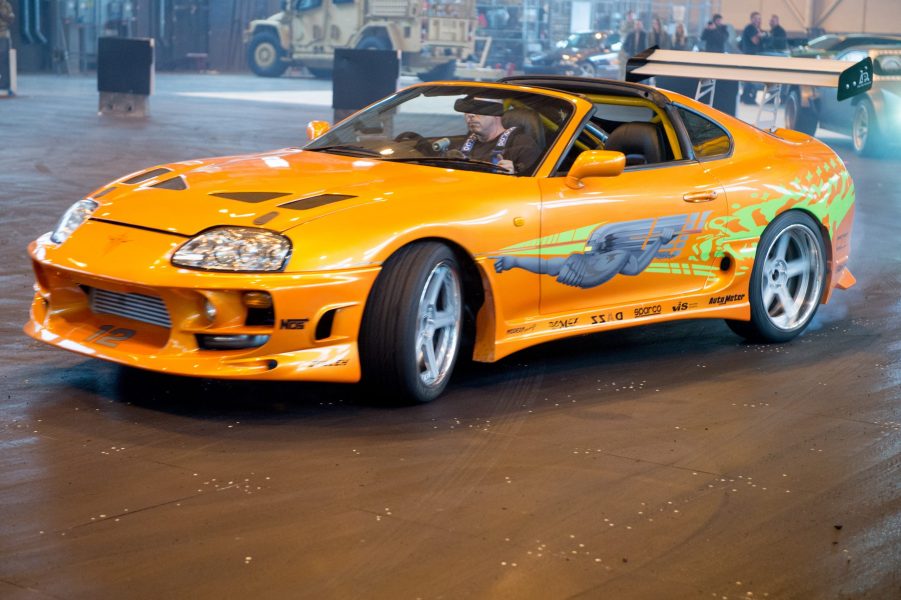
Rejected: Why These Cars Didn’t Make It Into the Fast & Furious
Careful consideration was given to selecting every car used in the Fast & Furious and with good reason. These cars became cemented into the minds of street racing and tuning fans. Many of them saw a huge uptick in sales as fans sought out their own thrilling ride. But, what about the cars that the filmmakers rejected?
How cars were chosen for the Fast & Furious franchise

A major factor in choosing the cars for the Fast and Furious franchise was built in. The film set a budget of $2,000,000. Each vehicle would also need to be purchased in sets of four. Each vehicle needed to be a left-hand drive to keep continuity.
Cars were chosen for more than just their price tag and look. Only cars available for purchase on the American market were chosen. They also had to make sense based on the demands of the stunts the car would be expected to pull off.
Cars that were deemed too rare or too expensive immediately hit the chopping block. Plenty of beautiful, blisteringly fast cars didn’t make the cut. That doesn’t say anything less about them. The cars that were chosen became instant collector favorites.
Cars that didn’t make the cut
The most straightforward reason for rejection was the price. With only $2,000,000 to spend on four complete fleets, selections had to be carefully chosen. The franchise also had a focus: contemporary tuning and street racing trends. This meant that some brands were ruled out right away.
Luxury brands like Mercedes-Benz were ruled out because they simply didn’t have a strong presence in tuning culture. Korean brands like Kia and Hyundai hadn’t entered the scene yet. As such, they weren’t considered either. American muscle cars weren’t really the target either.
It’s no surprise that multiple models from Nissan and Honda made the cut. Both brands were popular in the 2000 street racing scene. The Mitsubishi EVO and Honda Civic stand out a two of the most popular tuning cars of the era. Both are still frequent sights at car events.
The small details that got cars rejected from the Fast & Furious
The script already mentioned a few cars specifically, so these were obvious choices. Character background information such as income was considered. The stunts specified could only be executed by certain vehicles. The cars were chosen to fit the story, not the other way around.
The amount of screentime a car was slated to receive influenced which body types were chosen. The types of shots needed to capture the scene meant some cars couldn’t be used. The ability to easily hide stunt performers’ faces meant cars with soft tops wouldn’t work out.
The creative team considered cultural biases. The cars chosen needed to appeal to the largest possible audience to ensure the success of the film. Cars that were thought of as “feminine” at the time were excluded. Fast & Furious Technical Advisor Craig Lieberman said of these choices, “The world knows better now.”
Aftermarket trends are a great source of data on tuning culture. Body kit makers produce more options for the most popular cars at the time. Filmmakers knew to follow the industry to see what tuners were interested in most.
The task of choosing cars for The Fast & Furious was gargantuan. The series would become one of the most important film franchises in car culture. It brought mainstream attention to tuning, DIY modifications, and precision drifting. Every possible angle of each car had to be considered to make the first film possible.


